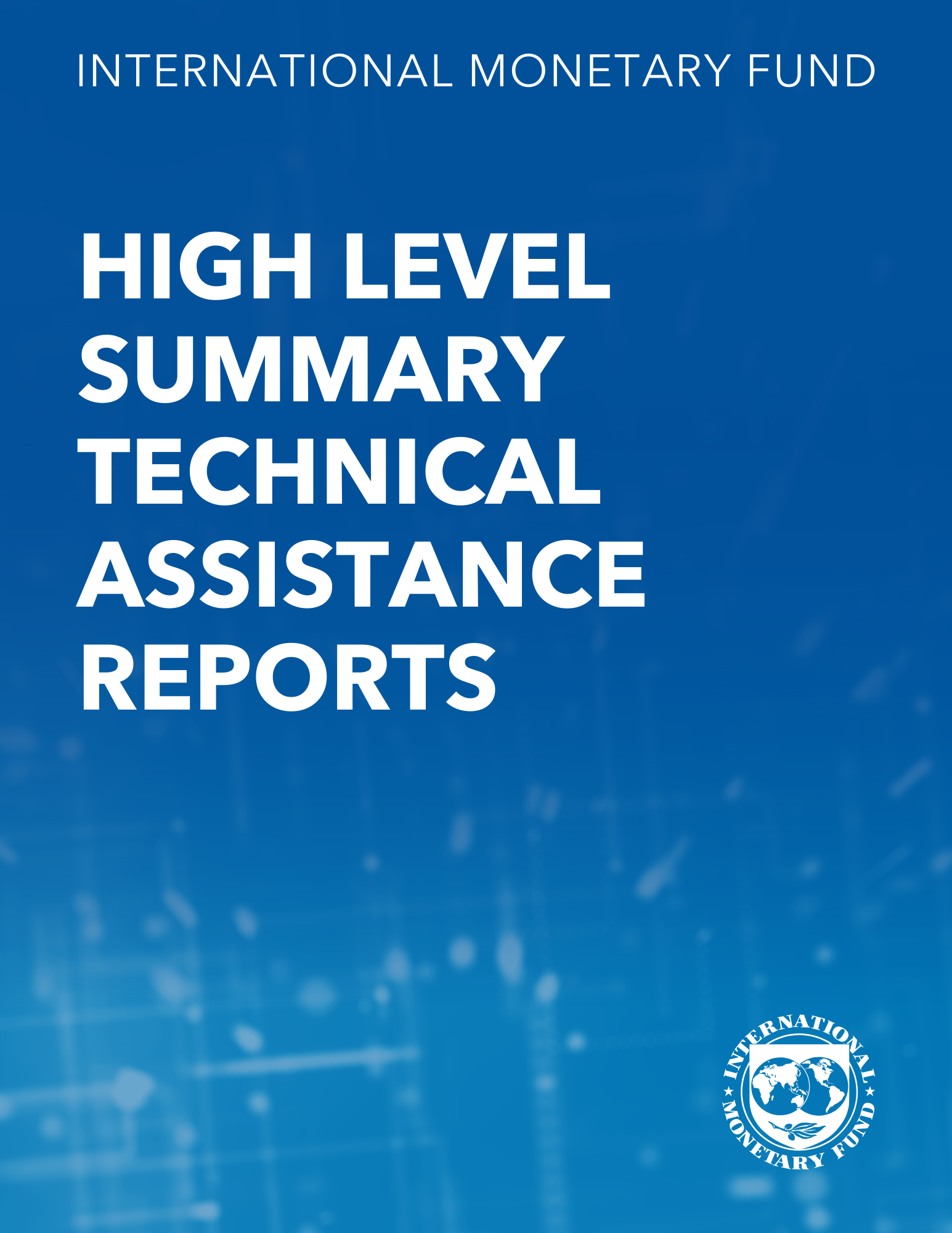Central Bank Credit to the Government: What Can We Learn From International Practices?
January 1, 2012
Disclaimer: This Working Paper should not be reported as representing the views of the IMF.The views expressed in this Working Paper are those of the author(s) and do not necessarily represent those of the IMF or IMF policy. Working Papers describe research in progress by the author(s) and are published to elicit comments and to further debate
Summary
Using a central bank legislation database, this paper documents and analyzes worldwide institutional arrangements for central bank lending to the government and identifies international practices. Key findings are: (i) in most advanced countries, central banks do not finance government expenditure; (ii) in a large number of emerging and developing countries, short-term financing is allowed in order to smooth out tax revenue fluctuations; (iii) in most countries, the terms and conditions of these loans are typically established by law, such that the amount is capped at a small proportion of annual government revenues, loans are priced at market interest rates, and their maturity falls within the same fiscal year; and (iv) in the vast majority of countries, financing other areas of the state, such as provincial governments and public enterprises, is not allowed. The paper does not address central banks' financial support during financial crises.
Subject: Bank credit, Banking, Central bank credit, Central bank legislation, Central banks, Exchange rate arrangements, Financial institutions, Foreign exchange, Loans, Money
Keywords: Africa, Asia and Pacific, Bank credit, central bank, Central bank credit, central bank financing, Central bank legislation, central bank lending, country, Europe, exchange rate, Exchange rate arrangements, government, government index, international practices, lending to the government, Loans, Middle East and Central Asia, Western Hemisphere, WP
Pages:
44
Volume:
2012
DOI:
Issue:
016
Series:
Working Paper No. 2012/016
Stock No:
WPIEA2012016
ISBN:
9781463931216
ISSN:
1018-5941






